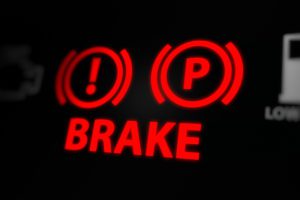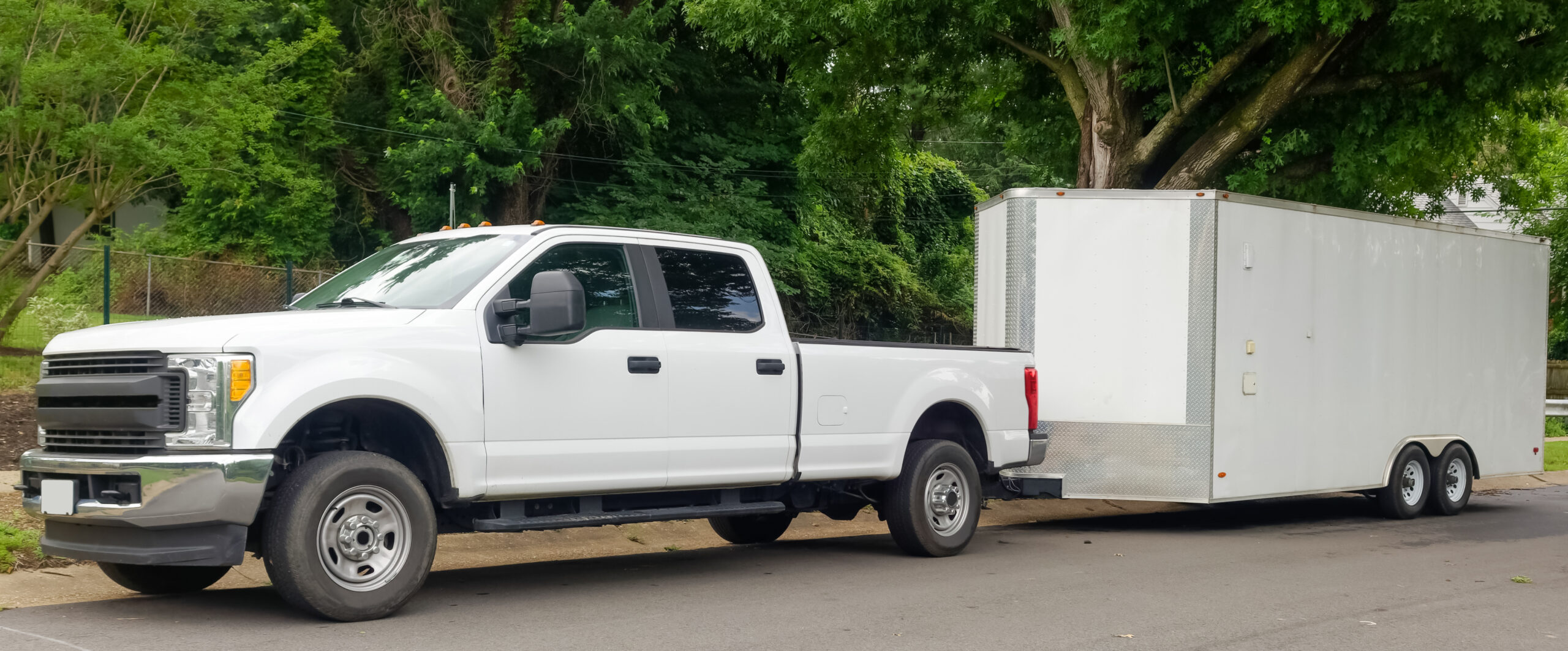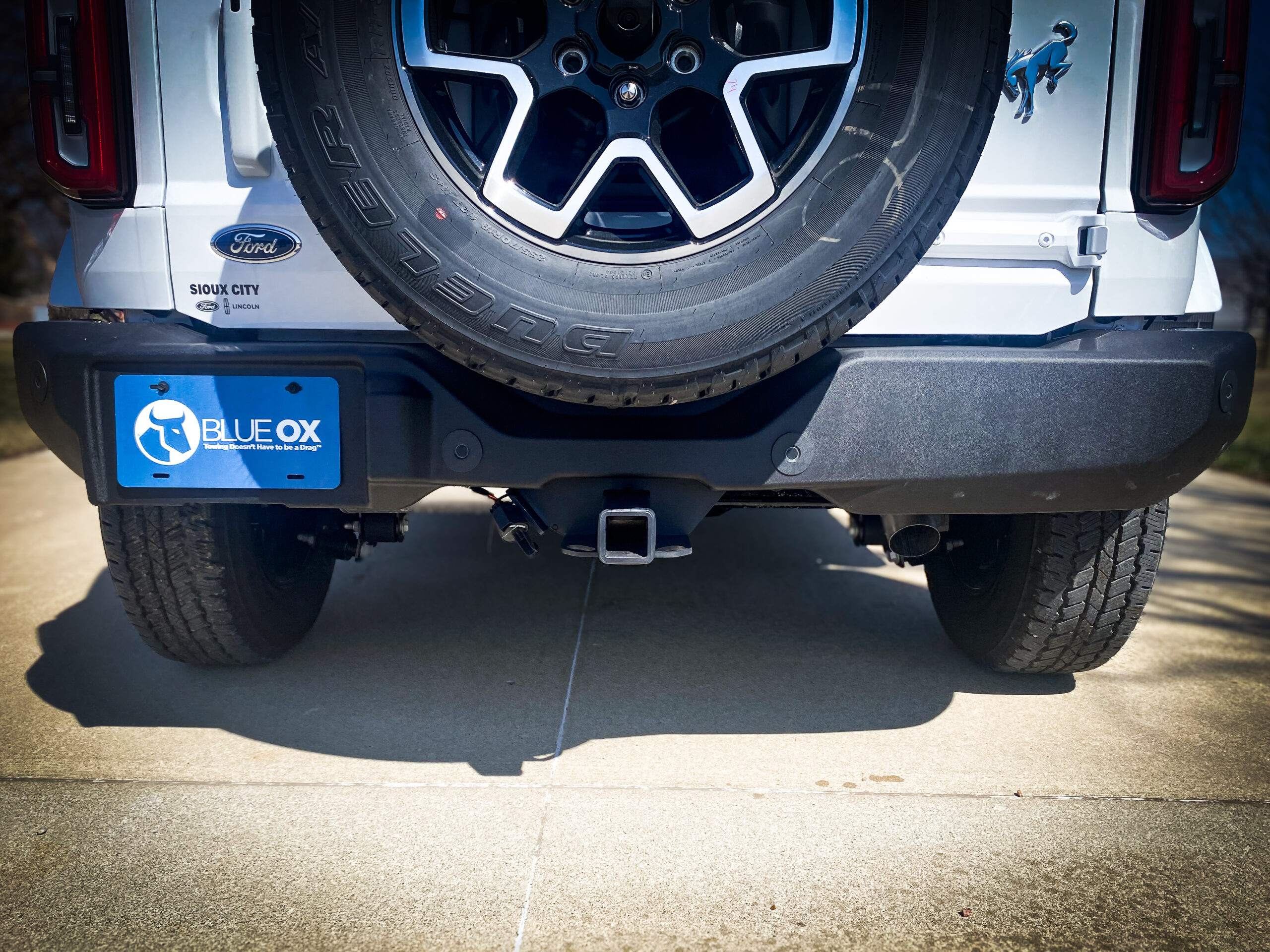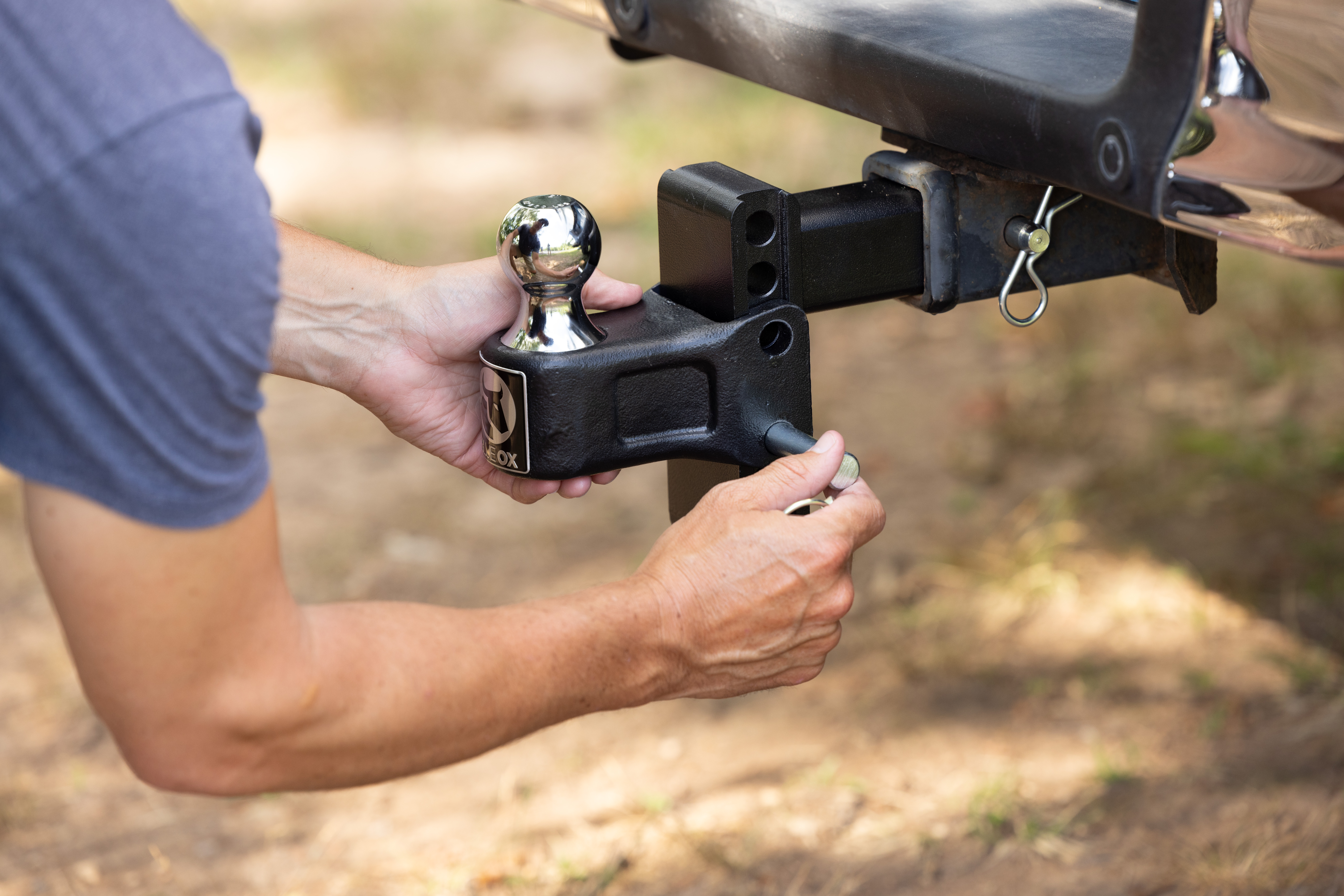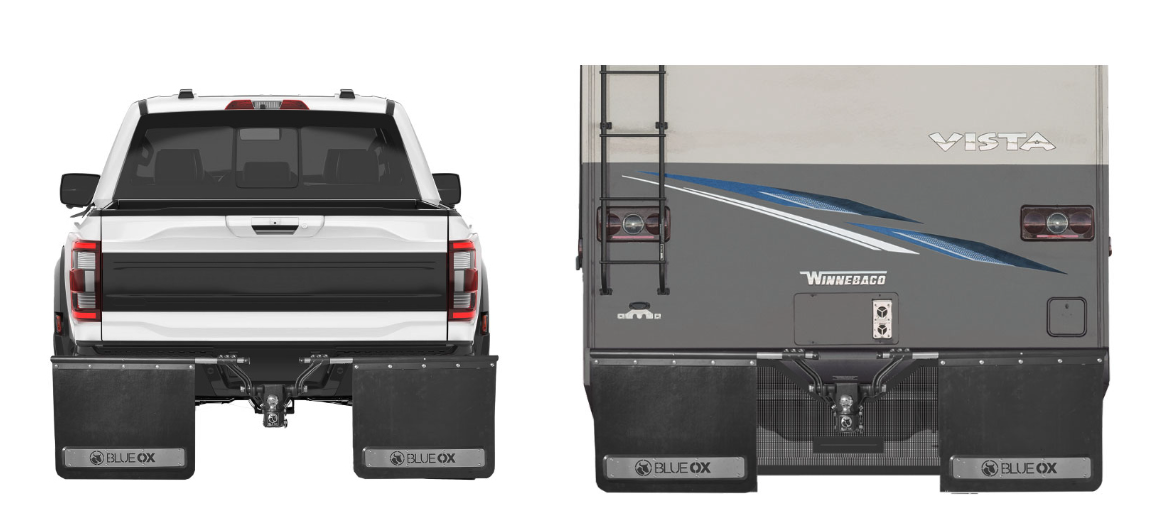Whether you’re a seasoned driver with years of experience or you’re just learning the ins and outs of pulling a trailer, everyone should be aware of the danger of trailer sway and how to prevent it. Trailer sway can happen in a matter of seconds, catch you off-guard, and be very dangerous if not handled properly. Knowing how to prevent trailer sway from happening in the first place is one of the best ways to avoid causing an accident due to trailer sway.
What Causes Trailer Sway?
To understand how to prevent trailer sway, sometimes called “fishtailing”, it is important to know why it happens. At high enough speeds, the trailer can quickly gain momentum in this swaying motion, and it becomes quite difficult to regain control. There are a handful of things that cause trailer sway, such as:
Wind
Trailer sway occurs when a force, like a big gust of wind, causes the trailer to sway side to side. An unexpected gust of wind isn’t the only thing to look out for when it comes to windy conditions. Passing semi-trucks can create a “bow wind” that sends a sudden and intense gust toward the side of your trailer.
Poor Driving Conditions
Uneven road conditions can also contribute to trailer sway, among other factors. Your trailer may begin to fishtail if you are traveling in an area like a construction zone or on a rural highway that is full of potholes. It could also be the weather that is causing poor driving conditions. Towing a trailer in the rain can be considerably more dangerous and difficult to control. Water can accumulate on the road surfaces as it continues to rain, increasing the risk of hydroplaning from the car or trailer. If you’re traveling in snowy or icy conditions, your trailer and tow vehicle are considerably more prone to slip and spin, causing you to experience trailer sway and potentially lose control.
Improper Weight Distribution
Drivers who are in a hurry or simply don’t know the proper way to load a trailer may end up experiencing trailer sway due to improper weight distribution.
Steps To Help Prevent Trailer Sway
There are a handful of steps you can take to create a scenario where trailer sway is less likely to occur.
1. Proper Trailer Weight Distribution
The appropriate weight distribution and load balance can make it less likely for trailer sway to occur. The tongue weight range should be about 10-12% of the total trailer weight. This will help reduce oversteering in the tow vehicle. Load your trailer evenly from left to right and keep most of the weight toward the front of the trailer. Despite what some people may think, you cannot just load cargo onto your trailer, fasten it down, and drive away. When it comes to packing your trailer, you need to be more methodical. About 60% of the total weight should be closest to your vehicle. The more weight there is toward the back of the trailer, the easier it will be for the trailer to get out of control. While using a weight distribution hitch can help, you must still take every precaution.
2. Don’t Overload Your Trailer
Both your tow vehicle and trailer have a maximum weight rating, and if you exceed these limits, it could increase the likelihood of experiencing trailer sway. Pay attention to your overall trailer weight and tongue weight, along with your towing vehicle payload and tow ratings. Even if the engine in your tow vehicle has the power to haul more than it should, other parts of your vehicle may not be prepared to handle it. You may wind up with damaged hitches, worn bushings, or blown-out shocks if you overdo it. Check the hitch, ball mount, suspension, and frame for signs of stress or damage before every tow.
3. Use A Tow Vehicle With A Longer Wheelbase
While a truck with a long wheelbase won’t completely resist trailer sway, it will help your vehicle resist the effects a little. With more distance between the wheels of the tow vehicle, it can more effectively counteract the swaying motion. Duallys, or trucks with dual rear wheels, may be even more resistant to swaying due to the added traction of two extra wheels.
4. Opt For The Tow Package
If you are purchasing a vehicle, knowing that it will be used for towing, opt for the tow package. By choosing this option, the vehicle will likely come with a hitch, trailer wiring, and upgraded transmission cooling. Certain vehicles will also come with more durable batteries, brakes, and alternators. If you are using a tow vehicle that is better equipped for towing, you are likely to have a smoother, safer ride.
5. Avoid Sudden Movements
Avoid slamming on the brakes, abruptly letting off the gas, or overcorrecting the steering. These maneuvers will cause the trailer to sway and possibly lose control, potentially resulting in a jackknife. Your vehicle’s stability might have a direct impact on your trailer’s stability. So to avoid these sudden movements, leave plenty of space between you and other vehicles, plan turns in advance, take your time during lane changes, and allow yourself plenty of time for travel, so you never have to be in a rush.
6. Drive Slower Than Usual
This might be one of the most challenging pieces of advice for some to follow. Once you are on the open road, it can be easy to let your foot get a little heavy, and you don’t notice it until your trailer starts to sway. By then, it is too late. Knowing this ahead of time, you should plan to travel at a slower pace and give yourself the additional time you need to get to your destination safely. Trailer sway is more likely to occur at higher speeds.
7. Use A Weight Distribution Hitch
Using a weight distribution hitch is one of the most effective ways to prevent trailer sway. It will be a crucial part of your towing setup whether you drive a midsize, half-ton, or heavy-duty truck. When towing something weighing 5,000 pounds or more, most midsize and half-ton trucks will require a weight distribution hitch. As mentioned earlier, many trailer sway problems are caused by improper weight distribution. So if you remain within your weight ratings, installing a weight distribution hitch with sway control like SwayPro by Blue Ox, you can drive with more peace of mind and stop sway before it starts.
Prevent Trailer Sway with SwayPro
The SwayPro weight distribution hitch prevents trailer sway from happening, rather than trying to control it once it starts. Trunnions on each side of the SwayPro hitch head employ a caster effect, working with spring bars, to constantly push inward, keeping the trailer in line. This built-in sway prevention is safer than traditional friction sway controls that are designed to slow down the trailer sway, but does not bring the trailer back in alignment with the towing vehicle. SwayPro is one of the safest, and most user-friendly sway prevention systems on the market today. Visit the Blue Ox website to find out which SwayPro is right for you.




